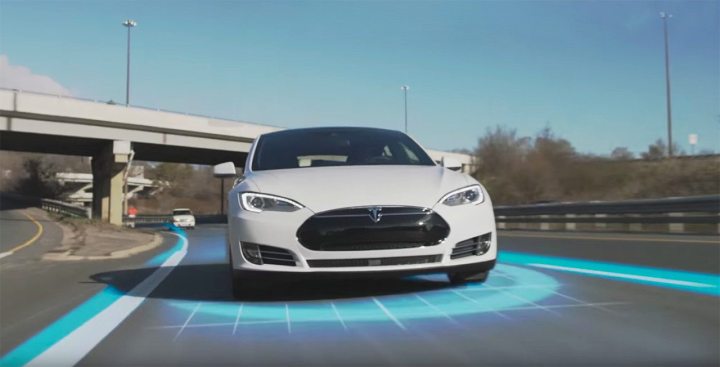
According to a report by Electrek, Tesla is forcing its cars to obey the speed limit when Autopilot is engaged on a normal road — i.e. one where cars travel in both directions without a physical barrier between them. Previously, drivers were able to set Autopilot’s Traffic-Aware Cruise Control to go 5 mph over the limit in these conditions, but apparently, those days are over. Drivers are still able to set any speed up to 90 mph on the freeway.
As you might expect, the reaction to the update has been mixed. Driving with the flow of traffic is often safer than adhering to the limit, particularly when opportunities to pass are few and far between. Drivers can obviously drive manually if they so choose, but with new autonomous vehicle regulations being drafted each month, commuters who would rather ride than drive will have to get used to robots following the law like, well, robots.
The new speed limit rules come alongside the Autopilot 8.0.2 upgrade, which helps find restaurants, retail outlets, and other shopping destinations near Supercharger stations. In addition, 8.0.2 links the driver’s individual profile to the key fob, so no matter what car they’re in, media settings and other preferences will carry over.
A new Enhanced Autopilot system is expected to roll out soon, and it’s expected to take advantage of the new self-driving hardware all new Teslas are equipped with. The bundle includes eight surround cameras with 360-degree visibility, twelve ultrasonic sensors, forward-facing radar, and a new onboard computer to analyze all the data. The brand originally planned to release the system in mid-December, but despite the delays, CEO Elon Musk recently said on Twitter the system is “working well.”
We’re keeping our eyes peeled for the announcement from Tesla, so stay tuned for more.
Editors' Recommendations
- Tesla Autopilot vs. full self-driving: What’s the difference?
- Tesla Roadster: speed, range, price, rumored release date, and more
- What it means now that Kia and Hyundai have adopted Tesla’s charging standard
- The BMW i4 is more luxurious than the Tesla Model S, and costs way less
- Tesla launches more affordable Model S and Model X, but there’s a catch


